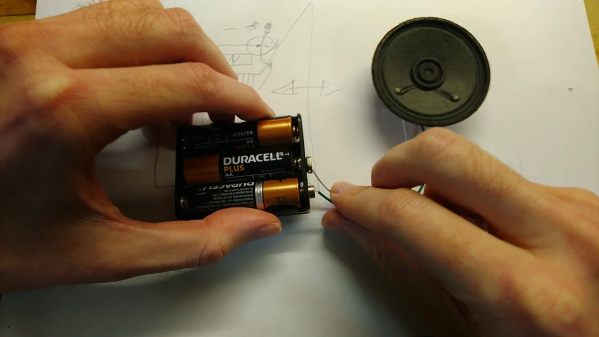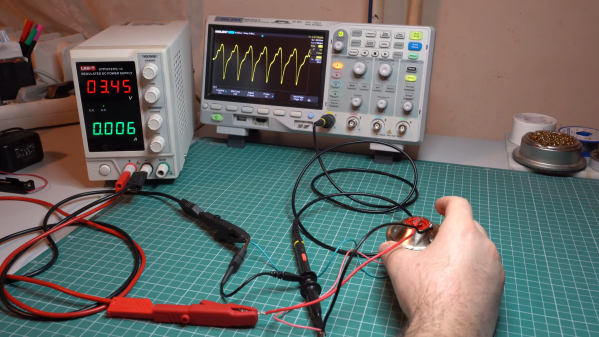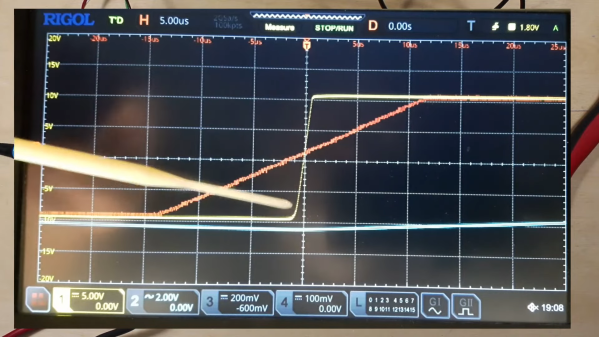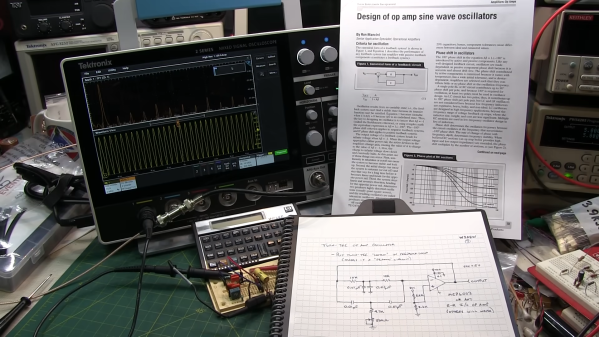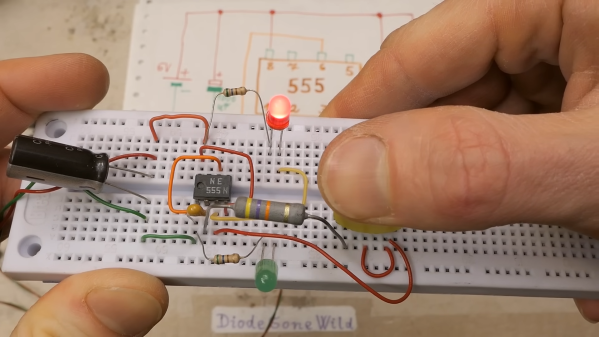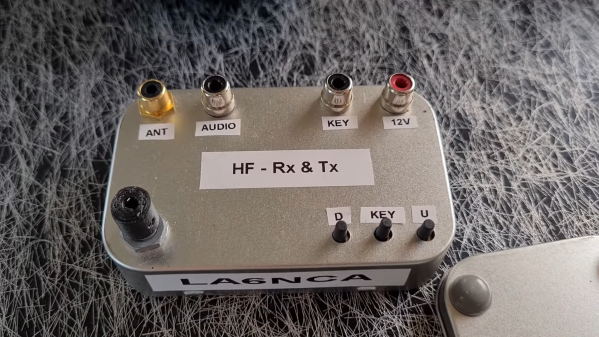Since their invention more than a century ago, crystal oscillators have been foundational to electronic design. They allow for precise timekeeping for the clocks in computers as well as on our wrists, and can do it extremely accurately and inexpensively to boot. They aren’t without their downsides though; a quartz watch might lose or gain a few seconds a month due to variations in temperature and other non-ideal environmental situations, but for working in the world of high-frequency circuits this error is unacceptable. For that you might reach for something like an oven oscillator, a circuit with a temperature controlled chamber able to keep incredibly precise time.
[IMSAI Guy] found this 10 MHz oven oscillator on a site selling bulk electronics at bargain basement prices. But as is unsurprising for anyone who’s used a site like this to get cheap circuits, it didn’t quite hit its advertised frequency of 10.000000 MHz. The circuit design is capable of this amount of accuracy and precision, though, thanks to some cleverly-designed voltage dividers and filtering. One of those voltage dividers allows a potentiometer to control a very narrow range of output frequencies, and from the factory it was outputting between 9.999981 and 9.9999996 MHz. To get it to actually output a 10 MHz wave with eight significant digits of accuracy, a pull-up resistor on the voltage divider needed to be swapped out.
While this was a fairly simple fix, one might wonder how an off-the-shelf component like this would miss the mark in such an obvious way but still go into production. But that’s one of life’s great mysteries and also the fun of sourcing components like this. In this case, the oven oscillator was less than $10. But these circuits aren’t always as good of a deal as they seem.


